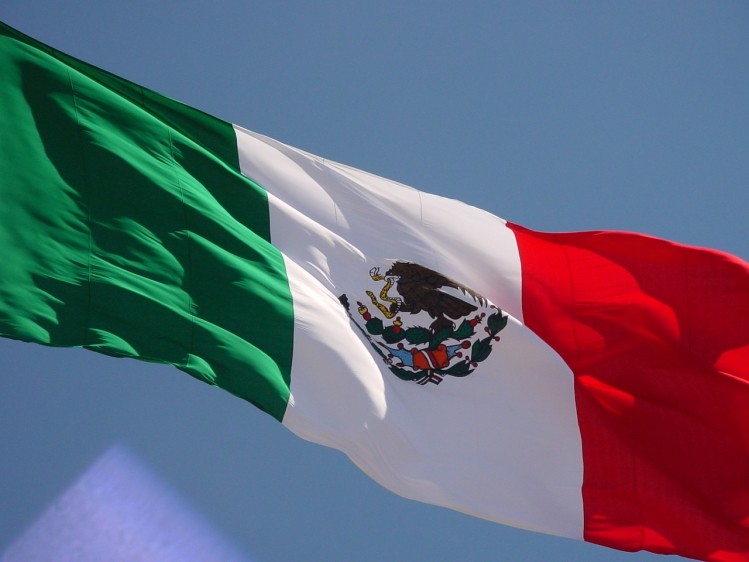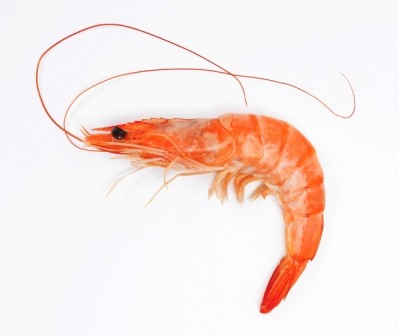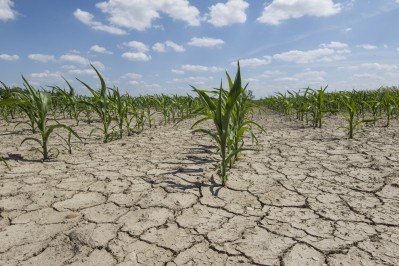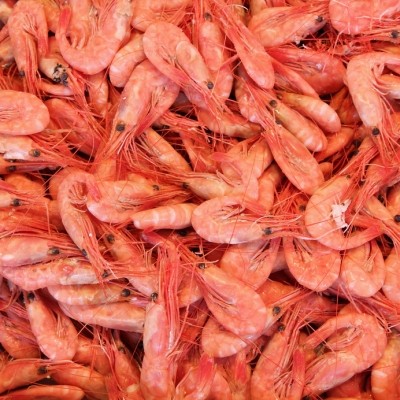'We are trying to identify potential premix and animal health acquisition candidates' - InVivo NSA aims to build presence in Central America

As its recently acquired Yucatan plant is set to get the green light on trade with the Caribbean and Central America, we spoke to executive vice-president of InVivo Mexico, Eric Nojac, to hear about the feed giant's strategy for growth in these developing markets.
“We intend to expand both organically and externally in Mexico, the Caribbean and Central America, and, in line with our preventative approach to animal health, we are trying to identify potential premix or vaccine producer acquisition targets in the region,” he said.
The French group already has a strong presence in Mexico through its subsidiary, maltaCleyton, which has ten production plants and a national distribution network.
InVivo said it holds the leading position in livestock and equine feed and ranks third in terms of shrimp feed and pet food sector players in Mexico.
Shrimp feed expertise
The company wants to make the country its export hub.
“In order to gain a greater understanding of the feed sector in countries like Guatemala, Costa Rica or Honduras, we need to start exporting to the region from our Mexican base first. We are placing a particular emphasis on the development of the shrimp feed export side as this is where we can be competitive given our expertise compared to regional players.
The poultry and pig feed sectors in Central America are not easy to gain a foothold in given that they are dominated by local players,” said Nojac.
InVivo is set to get approval at the end of July from the Mexican authorities to begin exporting shrimp feed as well as premixes, prestarters and pet food from the Yucatan facility, which is already supplying local livestock producers.
The plant is located near the port of Progreso, making it an “ideal” entry point for feed shipments to the greater region, said the company.
The French group has been building its Mexican presence in the past few years. In July last year it acquired a key premix player, Vipresa. That feed additive manufacturer is based in Jalisco state, the region with the biggest concentration of egg production in Mexico.
The acquisition gave InVivo greater access to the layer segment of the Mexican poultry market, which Nojac said offers "good growth potential" and does not have the same price fluctuations as the more volatile broiler sector.
Pig production hit by PED virus
It is hard to forecast when the hog market in Mexico will return to form, he said.
“Pig producers have suffered massive piglet losses as a result of the impact of Porcine Epidemic Diarrhea (PED) virus, and every feed manufacturer has subsequently been hit as well,” said Nojac.
Hog farms in northern and central Mexico have been increasingly under attack by the virus, which is deadly for nursing pigs.
Last month, Pablo Sherwell, a senior analyst at Rabobank, predicted that medium and larger size hog producers in Mexico are going to form alliances to develop larger hog operations, boost hog weights and include higher quality nutritional inputs to lessen the impact of further outbreaks of the PED virus.
“We don’t see any real consolidation trend happening, as yet, in the Mexican pig sector but farmers are now gaining some compensation, if a small one, for high piglet mortality rates, as a result of the current, relatively high, market price for pigs,” said the InVivo VP for Mexico.
Low milk production yields
The Mexican dairy sector remains strategic for the French feed conglomerate.
“Milk production output needs to be increased massively in the country - consumption is at 15 billion liters annually but the current capacity of the Mexican dairy segment is 11 billion liters – a shortfall of 4 billion that has to be covered by imports.
And we know that milk intake per capita is, in fact, much lower that what it should be for optimum dietary needs so there is huge, untapped potential in this industry – InVivo is well placed to leverage that with our expertise in ruminant feed,” said Nojac.
He said InVivo’s team aims to bring tangible economic gains to the larger dairy holdings by optimising production and increasing, for example, fertility rates.
The feed group expects to improve milk yields by 15 to 25% at the smaller scale dairy farms through education in farm management, breeding and nutrition, added Nojac.
Aquaculture projections
The shrimp sector is well developed in Mexico but the largest producing regions of Sinaloa, Nayarit and Sonora lost about 70% of their yearly shrimp output in 2013 from the impact of early mortality syndrome (EMS).
“Last year was extremely challenging for shrimp farmers with high mortality rates, and it has been really difficult to predict how shrimp production on the Pacific coast will play out this year. But it will be easier to get a perspective on the current state of affairs in the next four weeks as a new cycle kicks in,” he said.









